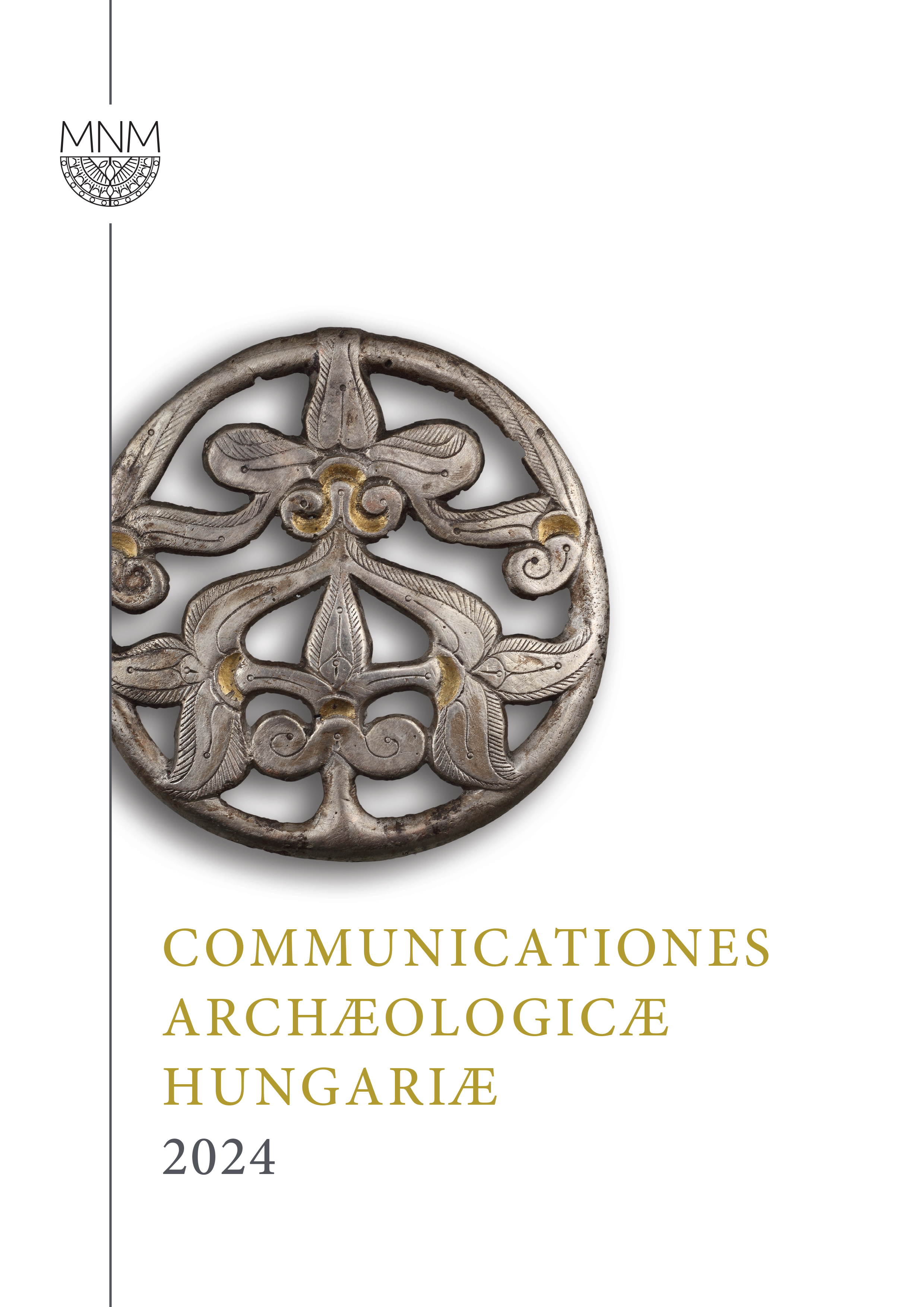Asymmetrical relationship between a peripheral region and the Late Avar Khaganate: The Sighișoara microregion in the Early Middle Ages (7th/8th–9th centuries) and the importance of microregional research
Published 2024-12-19
Keywords
- Early medieval archaeology,
- 7th/8th–9th/10th centuries,
- Sighișoara microregion,
- Late Avar Period,
- settlement archaeology
How to Cite
Abstract
Altogether, nine sites dated to the 7th/8–9th/10th centuries have been recorded during planned and rescue excavations and fieldwalking campaigns in the Sighișoara microregion, which lies in the inner part of the Transylvanian Basin, almost at the centre of a distinct geological and tectonic unit. Only four of these have been excavated (Sighișoara-Weinberg / Dealul Viilor: ‘Settlement / Siedlung’, and ‘Funerary site / Gräberfeld’, Albești-Cetățea, Albești-Școală), while the others were identified only through fieldwalking surveys, i.e. their extent and character have yet to be specified. There is no decisive and firm archaeological evidence that the microregion of Sighișoara and the eastern parts of the Transylvanian Basin were active parts of the political power network of the Late Avar Khaganate. These territories may be better described as a land of politically unorganised communities with clearly asymmetrical links to the power centre and the peripheral regions of the Avar Khaganate.


